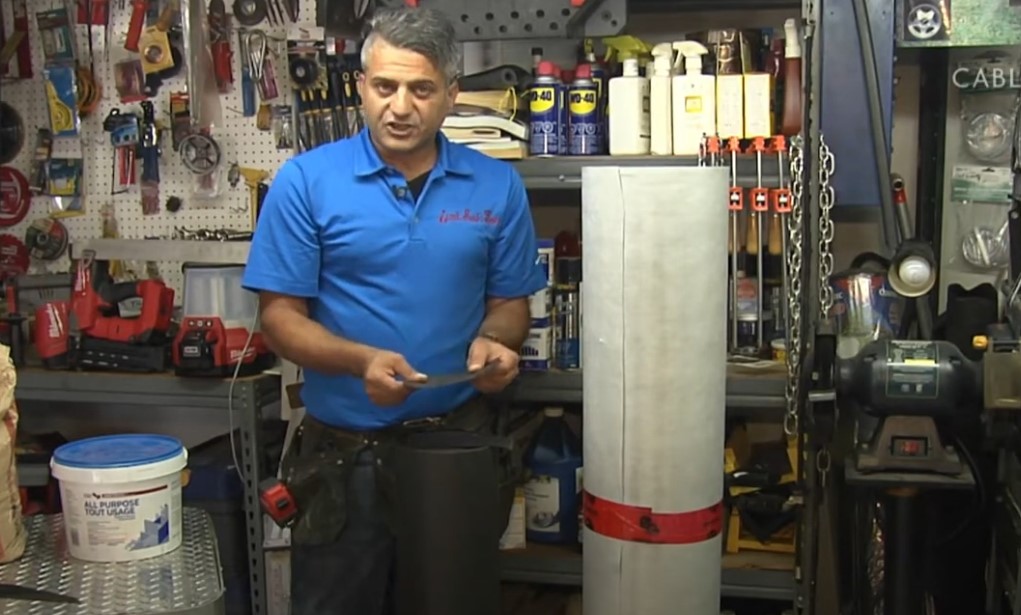Just Ask Bob, the Cable 14 home improvement show, is all about teaching and advocacy. Now in its 8th season on Cable 14, host Bob Assadourian brings his extensive experience to every episode of this half hour series. Bob is an advocate for homeowner rights and teaches how to find the right contractor for residents to keep you them from getting ripped off.
Bob Assadourian answers homeowners and provides valuable household tips in his show, on his website and now, in the Bay Observer. Following are some examples:
Winter checklist for homes
Q: Hello Bob, With winter fast approaching… what should we be looking at around our home’s exterior to save on heating costs? Equally as important Bob, what aging components of our home might be damaged by winter’s freeze-thaw conditions and should be addressed NOW to not cost more to repair in the spring?
Trevor & Adrianna – Hamilton, Ontario
A: Thank you for the excellent question. Good call with the “early winter” warning… it is never ever too soon to begin thinking about the upcoming winter weather. If you wait too long then you may not find a contractor who can get to your work in time before they stop taking exterior bookings for the upcoming winter season. Remember, doors and windows take time to special order and arrive, the same with exterior siding and aluminum capping, etc. If you must hire out then at least hire smart and allow yourself lots of time to vet contractors and allow for proper booking times in the fall season, well before the temperature drops!!
Your home’s Building Envelope includes all the building components that separate the indoors from the outdoors.
Bob’s 11 Pre-Winter Tips… for before the snow arrives!! Ensuring these components are in good order will BOTH save you energy costs and prevent further costly damage to your home before next spring.
- Roofing, the most important component of your home!! You risk tremendous damage if left in disrepair all winter long. Even at bare minimum, small patch repairs are an excellent option if you cannot afford a complete new roof.
- . Masonry Chimneys must be addressed, otherwise what might have cost up to 1,000 dollars in simple “tuck pointing” the mortar joints can lead to the need for brick replacement after the ravages of winter’s freeze-thaw conditions. Such new damage revealed in the spring time can now potentially cost you up to 10,000 dollars in brick replacement and/or partial or full chimney re-building.
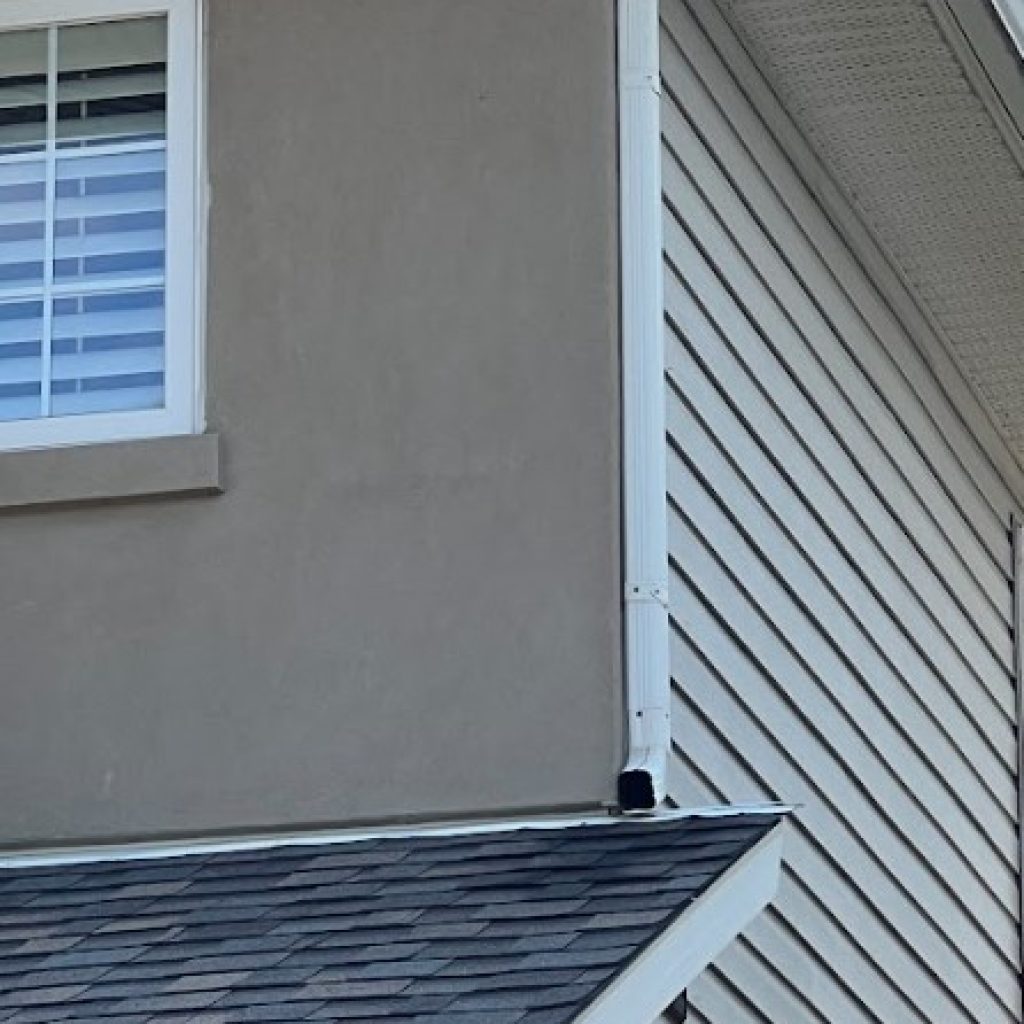
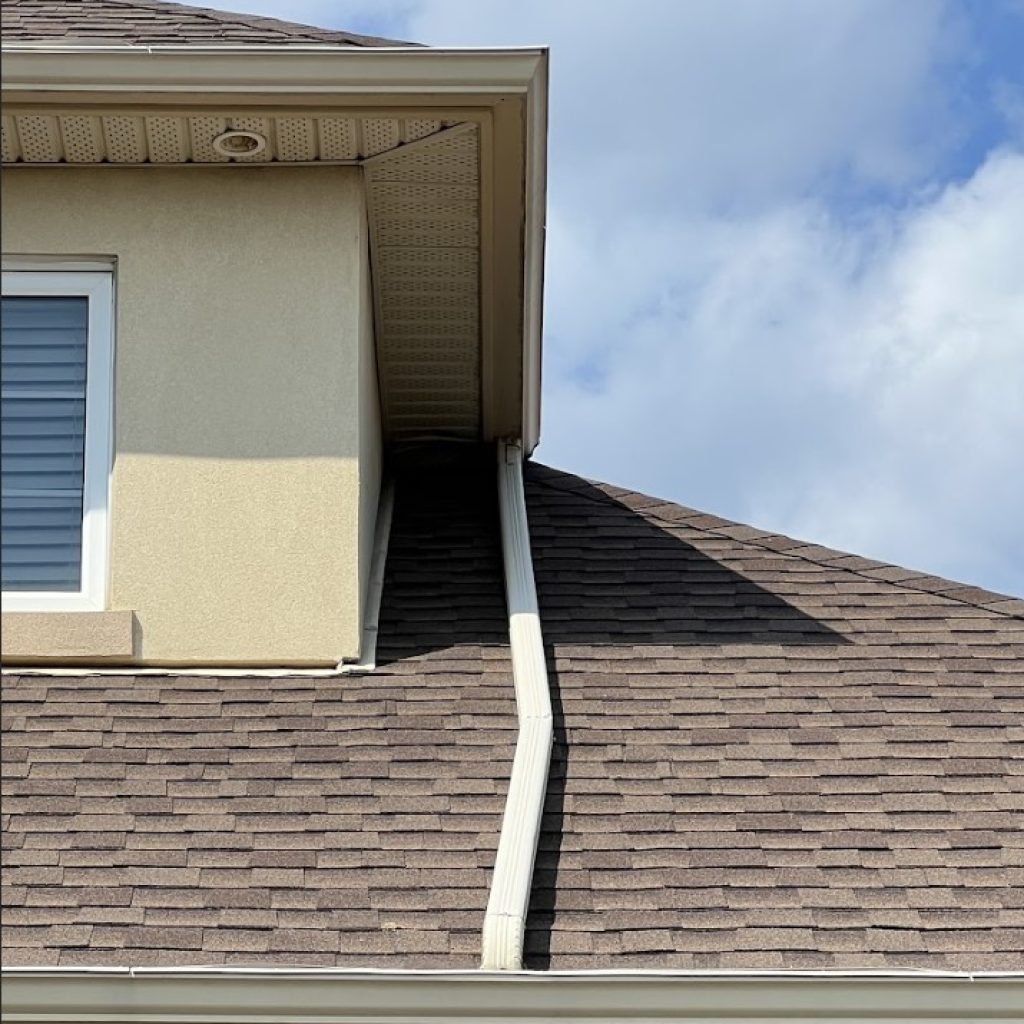
3. Eavestroughs & Downspouts:
Loose or leaking eavestroughs should be repaired or replaced. With today’s new normal of torrential downpours, you may require additional downspouts installed to prevent your eavestroughs from overflowing. Downspouts that discharge concentrated water directly onto your roofing shingles in a single location will quickly wear out your shingles and also any splash back may enter the homes structure. Downspouts must be extended along the entire length of the roof and directly into the lower eavestrough, (like the picture below) or you risk water entry into the home and premature shingle wear. This is the correct way to extend your downspout, eliminating the concentration of water in one single location and keeping it far away from the home by guiding it directly into the lower eavestrough.
4. Aluminum Soffit/Facia and Capping will cost you much more money in the spring if it comes loose and blows away, not to mention the potential for interior water damage. Unfortunately, all builders attach these using only nails. If you do it yourself or hire a contractor then make sure screws are used.

5. Brick, Block and Stone damage. This will cost you much more in the spring time and also may allow water into your home and even compromise the structure of your foundation.
6. Stucco, Siding or Wood Exterior Finishes all need to be in good condition before the winter arrives. Damaged stucco may let water in and loose siding may blow away. Exterior wood requires special attention in sealing it to prevent water absorption.
7. Doors & Windows must have secure caulking. Otherwise, replace it — and not with two dollar caulking. Purchase the most expensive caulking that you can afford. If the windows are not in good shape then replacement is needed “before the winter.” If replacement is not in your budget, then at least pick up a plastic interior window sealing kit. This is somewhat like adding an extra layer of glass to your window in order to save on your winter time heating costs.
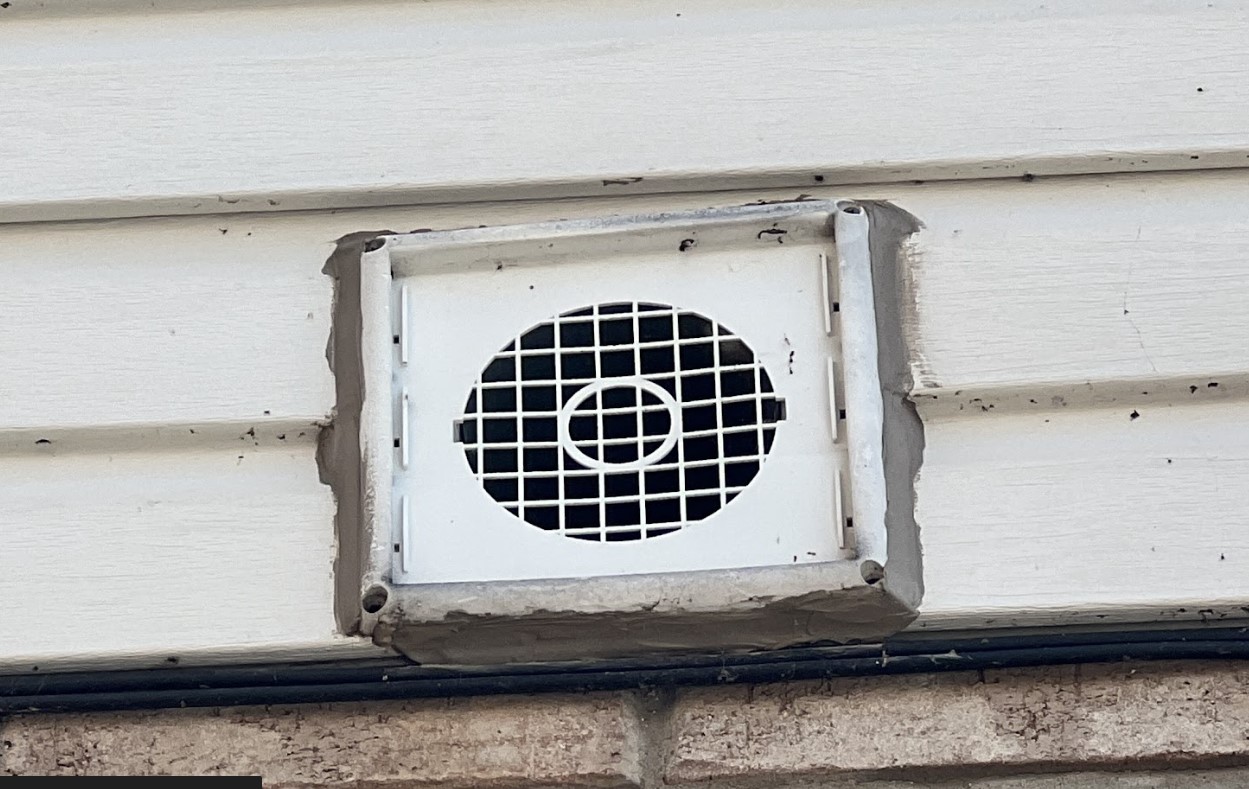
8. Caulking to all protrusions through your home’s exterior building envelope: venting caps, doors and windows, gas pipes, hydro/utility lines, water hose bibs, furnace and hot water tank venting. All must be sealed with a high quality caulking (NOT the cheap stuff). If rain caps are damaged, then replace them.
9. Landscaping/Grading is critical year-round, but especially during the winter time because of the mountains of snow which will eventually melt and find a way into your home. The landscaping and grading should always slope away from your home, regardless of whether it is dirt, asphalt, concrete, or pavers. Decorative gravel, stones or river rocks will require the DIRT beneath them to be sloped away from your home.
10. Driveway and Patios with cracks in them will be further damaged by the freeze-thaw cycles of winter. What may have been an affordable minor repair in the summer or fall can now potentially cost you double or triple after the ravages of winter.
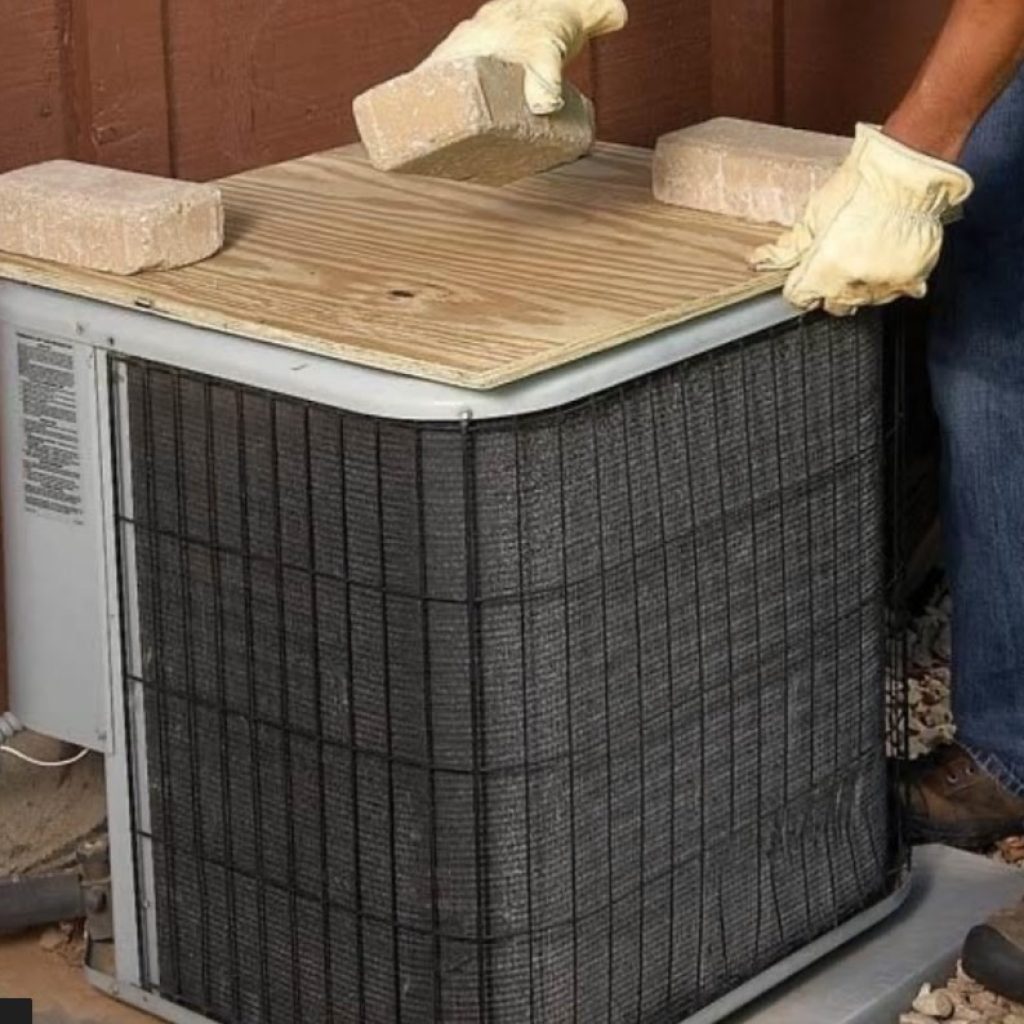
11. Central Air Conditioners – the outdoor condenser part should never be fully covered. Please allow me to dispel this marketing propaganda once and for all. Many manufacturers and sales people (and some HVAC companies, shame on them!!) mislead homeowners into purchasing FULL tight fitting covers for winter use. This will only trap moisture and stop air flow. All you need to do is to cover the very top of the unit with a piece of plywood and leave all four sides open to allow for unrestricted air flow.
Bay Observer Readers can contact Bob Anytime
Bob Assadourian
www.justaskbob.com
289-649-0196

